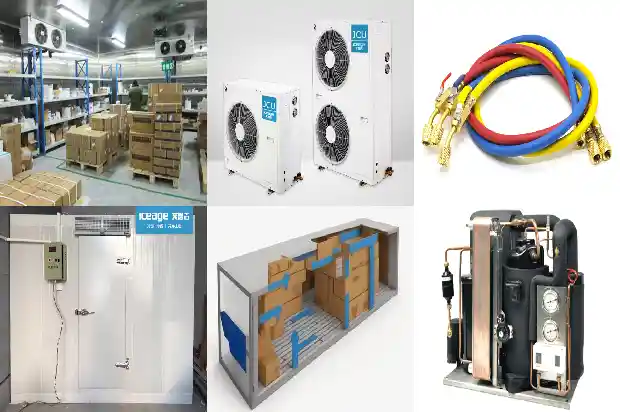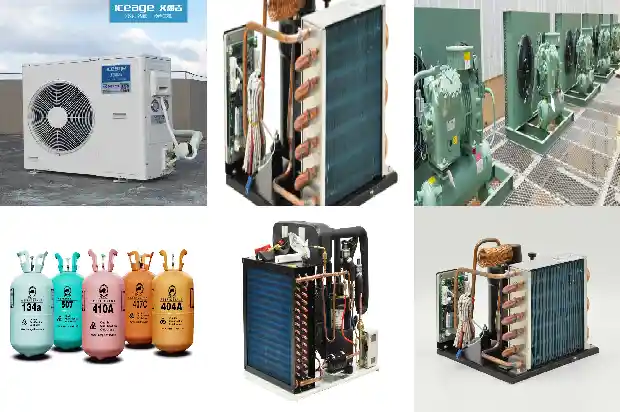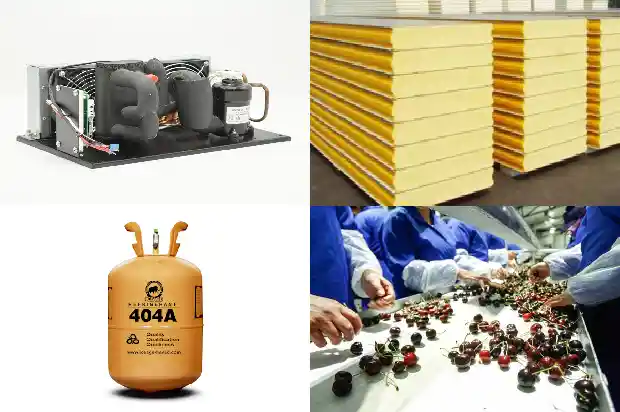How to Choose between Open - type and Closed - type Cooling Towers?
2024-12-19
Cooling towers can be divided into closed cooling towers and open cooling towers according to whether water and air are in direct contact. When it comes to how to choose between the two, besides considering the investment cost, an analysis and comparison should also be made in terms of performance.
- Open Cooling Tower
The cooling principle is that the circulating water is sprayed onto the packing made of glass fiber in a spraying manner. Through the contact between water and air, heat exchange is achieved. Then, the fan drives the air circulation inside the tower and takes the hot air flow after heat exchange with water out of the tower, thus achieving cooling. With this cooling method, the initial investment is relatively low, but the operating cost is relatively high (in terms of water consumption and electricity consumption). - Closed Cooling Tower
The cooling principle, simply put, involves two cycles: an internal cycle and an external cycle. There is no packing, and the main core part is the surface cooler made of red copper pipes.

① Internal cycle: It is connected with the target equipment to form a closed circulating system (the circulating medium is soft water). It cools the target equipment and takes the heat from the target equipment to the cooling unit.
② External cycle: In the cooling tower, it cools the cooling tower itself. It does not come into contact with the internal circulating water but only conducts heat exchange and heat dissipation through the surface cooler made of red copper pipes inside the cooling tower. Under this cooling method, the operation of the motor is set according to the water temperature through automatic control.
In spring and summer when the ambient temperature is high, both cycles need to operate simultaneously. In autumn and winter when the ambient temperature is not high, in most cases, only the internal cycle is required.
The closed cooling tower is also known as the hermetic cooling tower, the enclosed cooling tower, or simply the closed tower for short.
The closed cooling tower originated from the evaporative cooler. In fact, it is a heat exchanger that combines the performance of the water-cooled cooler and the conventional cooling tower. It is also a heat exchanger between the water cooler and the air cooler. Therefore, some manufacturers also call it the "evaporative air cooler". Now there are many forms of such cooling equipment. Their common feature is that water is sprayed outside the shell-and-tube heat exchanger and forced ventilation is carried out. Heat is transferred from the cooled fluid inside the shell-and-tube heat exchanger through the wall surface to the sprayed water outside the wall surface, and then is transferred to the air through the forced convection between the sprayed water and the air. The heat transfer from the sprayed water to the air mainly consists of the latent heat of evaporation of the sprayed water and the sensible heat exchange between the sprayed water and the air.
Since the cooled fluid circulates in a closed loop between the shell-and-tube heat exchanger and the external process equipment, to distinguish it from the general cooling tower where the cooled fluid is in direct contact with the air, it is called the "closed tower", and correspondingly, the general cooling tower is called the "open tower".
Related Articles
- Operation of Screw - type Water - cooled Chiller Units
- Basic Knowledge of Valve - type Components in Refrigeration Systems (Technical Sharing)
- Introduction to Basic Types of Cold Storage
- Cleaning Methods for Different Types of Condensers in Refrigeration Devices
- Reference Points for Selection of Screw - type Chillers
- Elastocaloric refrigeration: A new type of solid-state refrigeration technology
- Types and Temperature Requirements of Seed Cold Storages
- Maintenance and Repair of Screw Type Cold Water Heaters
- Introduction to Types of Condensers in Cold Storage
- What are the important significances of a warm environment for various types of food?
- Maintenance of General-purpose Screw-type Water-cooled Chillers
- Repairing Piston Type Compressors in Cooling Systems
- Screw-Type Water Cooled Unit Normal Operation Indicators and Failure Handling
- 5 Common Types of Refrigeration Compressors
- Four types of flammable and explosive refrigerants
- The characteristics and uses of 26 types of air conditioning refrigerants
- HVAC Design | Basics of Cooling Towers
- Cleaning Procedures and Methods for Cooling Towers and Heat Exchangers
